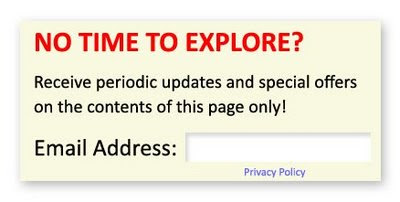Results:
Email A: $0 added to their funding pipeline
Email B: $6m added to their funding pipeline
Guess what – the two emails were exactly the same, except for one small shift.
Here are the 2 emails:
Email A: $0 add to funding pipeline
 Email B: $6m added to funding pipeline
Email B: $6m added to funding pipeline
"Hi Steve,
I wanted to make sure you received my email below. As I am sure you are aware, in today’s financial market it is more important than ever to ensure your company's liquidity and increased borrowing resources.
Let me know a good time to reach you to discuss how we can become a competitive financial resource for your company."
(Note: The actual copy was slightly different, again for confidentiality, but you get the idea).
Sincerely,
Bob Smith
Financial Consultant
Company XYZ
(555) 123-4567
bsmith@xyz.com
Clearly adding a personalized message from the sales rep above the same email generated a much, much better response!
BTW: This was a marketing-driven email, which dynamically plugged in the appropriate sales rep's email address in the FROM field, as well as inserted the sales rep's signature in the email (thanks to Eloqua). The sales reps never actually sent these.
Takeaways
- Even though there was a "CONTACT US" link in the body of the email offer, most of the responses actually came from customers either REPLYING to the email itself
(which sent an email directly to the sales rep) or just calling the sales rep directly, using the phone number which appeared in their signature. Needless to say, the sales reps LOVED this! - We added "FWD:" in the Subject Line of Email B to further the appearance that the email was actually being sent from the sales rep.
This is definitely something you should test yourself. But be cautious in overusing the "FWD:" in the subject line. I have seen many blatant fakes using this technique. It is very easy to spot those emails that simply add "FWD:" to the subject line. But if you do it correctly, as in this case the results can be astonishing.
Another example of the power of simple A/B testing!
And another great example of how marketing automation benefits sales!
Steve Kellogg
-Demand Generation/Marketing Automation Consultant, Astadia
-Eloqua Certified Marketing Best Practices Consultant
On Twitter? Tweet this Post












